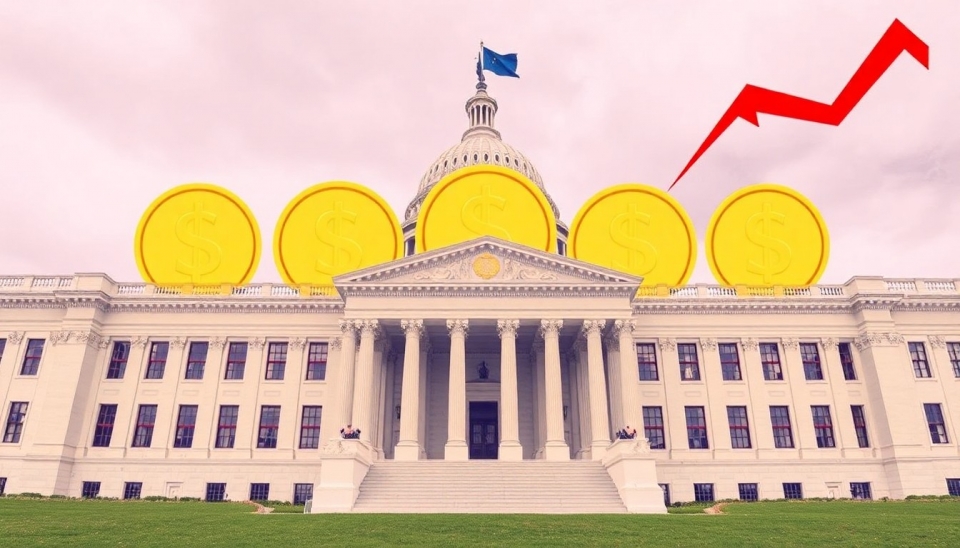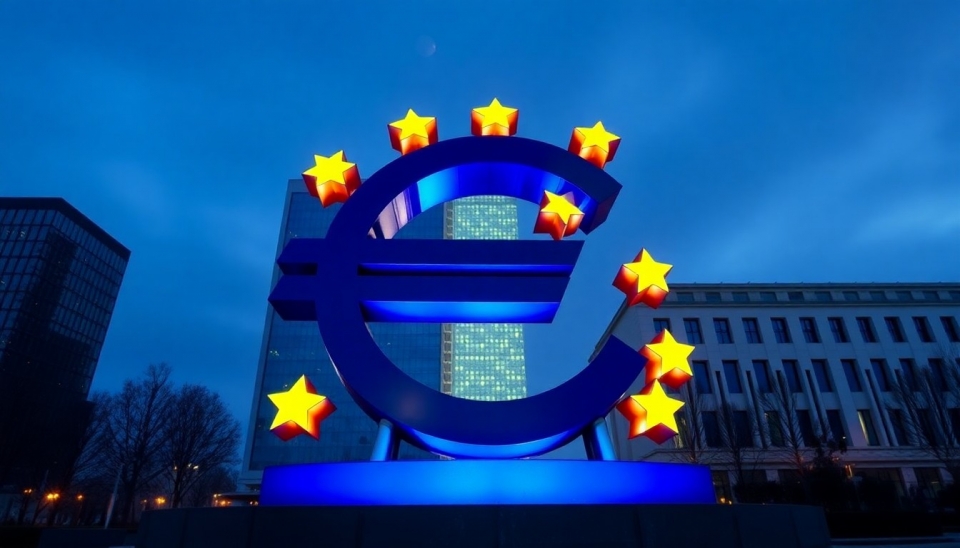
In a significant shift towards digital currency adoption, stablecoin payments are rapidly gaining traction in the real world, according to recent reports. As consumers and businesses seek innovative ways to conduct transactions, the inherent stability of stablecoins makes them an attractive option amidst the volatile nature of most cryptocurrencies.
Stablecoins, which are designed to maintain a stable value by pegging their worth to traditional fiat currencies or other assets, have emerged as a viable payment method across various sectors. The convenience and efficiency of stablecoin transactions are particularly appealing to international businesses, where traditional banking systems often impose high fees and lengthy processing times.
Businesses are increasingly recognizing the benefits of accepting stablecoins as a form of payment. Not only do they facilitate quicker transactions, but they also reduce the risks associated with price fluctuations prevalent in cryptocurrencies like Bitcoin and Ethereum. For instance, companies are now able to settle transactions in real-time, making it easier to manage cash flow and enhancing the overall customer experience.
Moreover, leading financial institutions are starting to integrate stablecoins into their services, recognizing the potential for broader adoption. This has sparked interest among retailers and service providers, who are exploring ways to incorporate stablecoins into their payment options. Reports indicate that some major companies are now testing stablecoin payment systems, confident that the stability they offer will attract a new segment of consumers.
Despite the growing interest, there are still hurdles to overcome for stablecoin use to reach its full potential. Regulatory frameworks around the use of digital currencies are still being developed, which could impact the speed of integration of stablecoin payments into everyday transactions. However, many analysts believe that as clarity emerges in regulatory guidelines, stablecoins will play a transformative role in how transactions are conducted.
The future looks promising for stablecoins, with market analysts predicting that their use will expand beyond niche sectors as public awareness increases. Companies willing to embrace this new form of currency could gain a competitive edge in the marketplace, attracting tech-savvy consumers eager for innovative payment solutions.
In conclusion, stablecoin payments are not just a passing trend but are set to become a fundamental aspect of financial transactions in the near future. As adoption rates rise and technology surrounding digital currencies evolves, stablecoins are poised to play a critical role in the global economy.
#Stablecoins #DigitalPayments #Blockchain #CryptoAdoption #FinancialTechnology #Innovation #TransactionEfficiency #FutureOfFinance
Author: Sophia Reynolds




